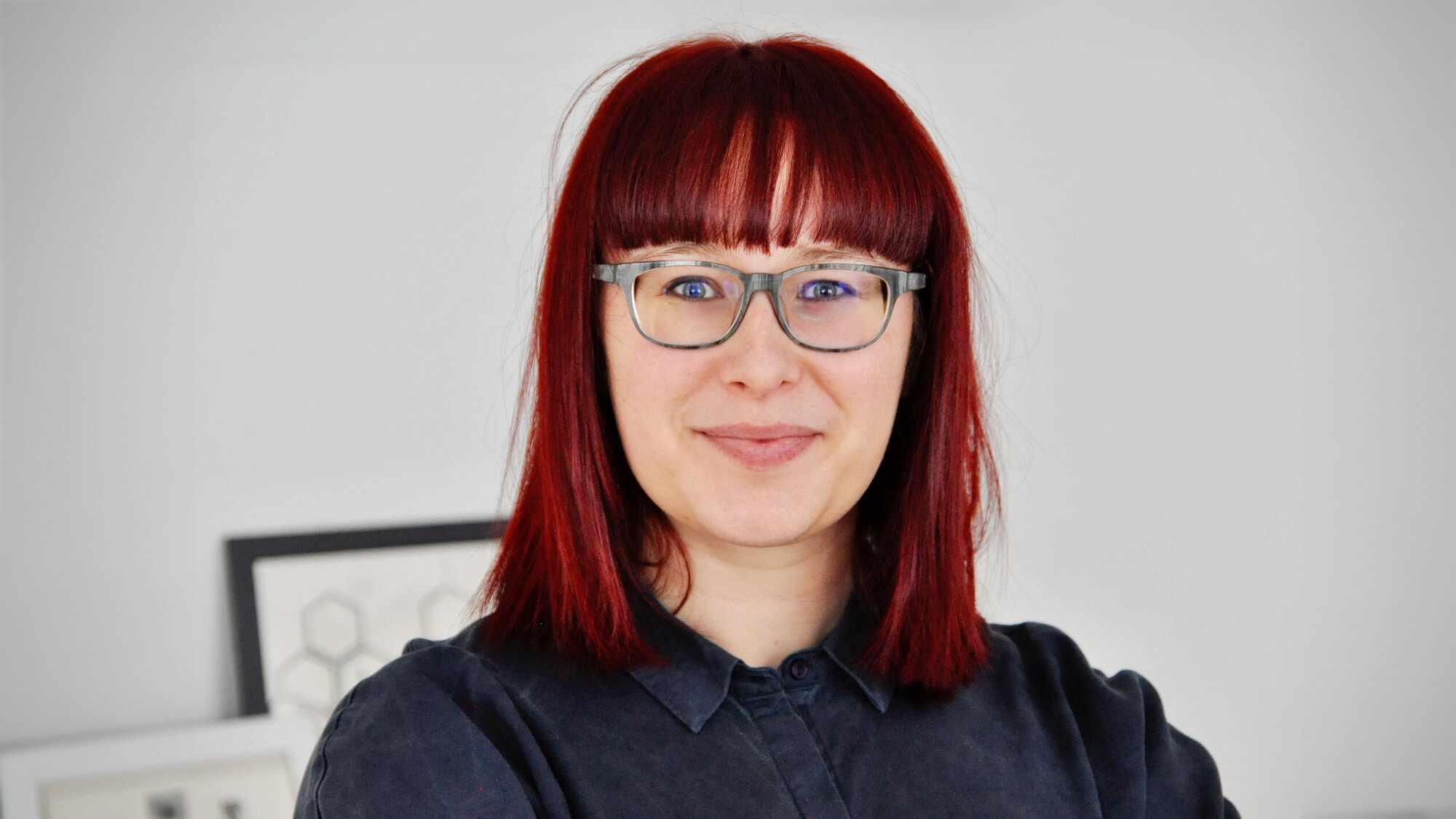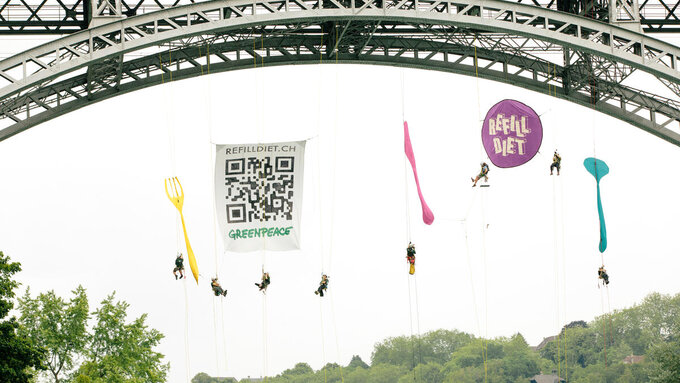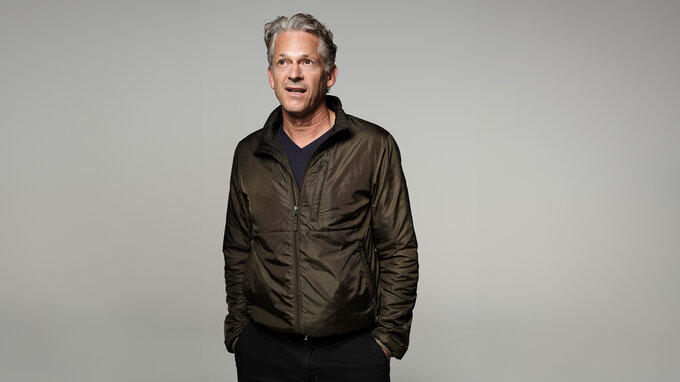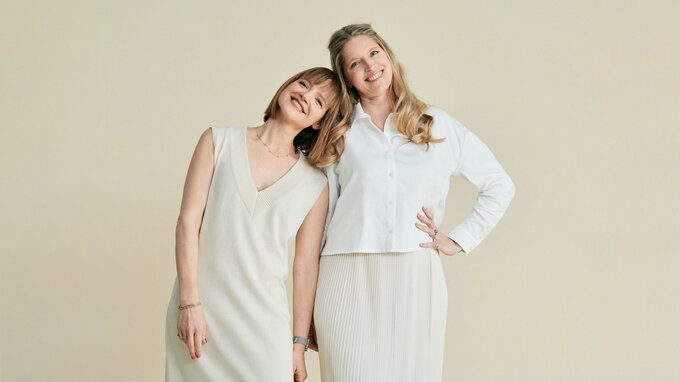Designing for Inclusion: How Aktion Mensch Makes Brands Accessible to All
Interview with Josephine Thiel, Communications Manager at Aktion Mensch
With the #OrteFürAlle campaign, you call on citizens to contribute ideas for a more inclusive world. Can a brand also be fully accessible?
It should be! It is also a basic requirement for brands that they are accessible to all. Ultimately, they will lose customers if this is not the case. In Germany, about ten million people have a disability - that means we are not talking about a small group. And accessibility benefits everyone: What is essential for people with disabilities is usually comfortable for people without disabilities. Simple language, for example. That‘s why the topic also fits well with an elementary precondition for the future viability of brands: customer-centricity. Our appeal: Think about different perspectives from the very beginning! Ask your customers with and without disabilities! And in the best case: let your customers help shape the development or further development of your brand! This is how products, services and offers are created that have a benefit for many people - because they can use them.
What are the most important KPIs you use to measure the success of this campaign?
We think that accessibility must be created as a precondition for all of us - whether people with or without disabilities - to be able to live together. In doing so, we also want to reach people who do not yet know what inclusion is. Inclusive coexistence must take place in the direct local environment so that everyone is convinced. We achieve this with accessible places for all. We implement these together with our funding projects - or raise awareness for them with a campaign. Depending on the point of contact, we therefore check the reach and interaction at the operational level. We also measure concretely via market research whether and to what extent, for example, people‘s awareness of accessibility and inclusion is changing in Germany.
Which brand contact points and channels have proven to be particularly effective for your organisation and which will increasingly gain or lose importance?
This varies greatly depending on the goal and target group. As the Aktion Mensch brand, we want to raise awareness of our vision of an inclusive society among a broad public and motivate them to support us with a lottery ticket. Therefore, we use a broad media mix of classic and digital media. Digital media are becoming increasingly important. We reach professional target groups, such as our funding partners or people who have already dealt with inclusion a lot, via structured online offers, digital dialogue formats (e.g. webinars), but also within the framework of live events.
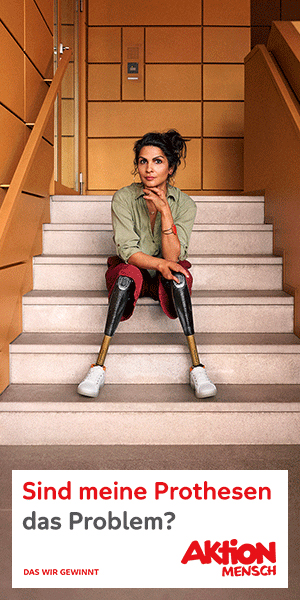
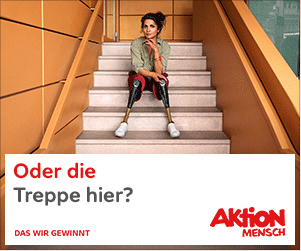
With the topic of inclusion, you are UX experts par excellence. In your eyes, what are the most important levers to bring more user-friendly and thus also universal design into our designed environment?
Quite clearly: involve people with different perspectives from the very beginning! Accept the feedback, implement it! In addition to working with our colleagues with disabilities, we involve external consultants with disabilities, for example, to select focus topics, talk through campaign concepts and messages, but also to test (digital) products such as our website for satisfaction and accessibility.
What impact do companies have in this context and in which fields of action should they be particularly involved in your eyes?
Companies should perceive people with disabilities and other diverse groups as attractive customers and employees. We think it‘s great that the visibility of different people can be seen in more and more ads. Companies can build on this wonderfully - and, for example, do inclusion training to challenge their own thinking and actions or hire skilled workers with disabilities.
At Aktion Mensch, how important is the brand in archieving your corporate goals - which are rather intangible values?
Immensely important – because trust plays a big role for us. We use the trust that our customers place in us carefully and aim to achieve the greatest possible impact. Over the past 60 years, we have built a brand where people know that we create change on the ground and are committed to incorporate a feeling of togetherness. The interplay of lottery, promotion and education is particularly important because it addresses different areas of society. Above all, there is a profit: the possible profit of our lottery customers, the safe profit on site in our funding projects and the overall social profit of an inclusive society. Or to put it briefly: The “We” wins.
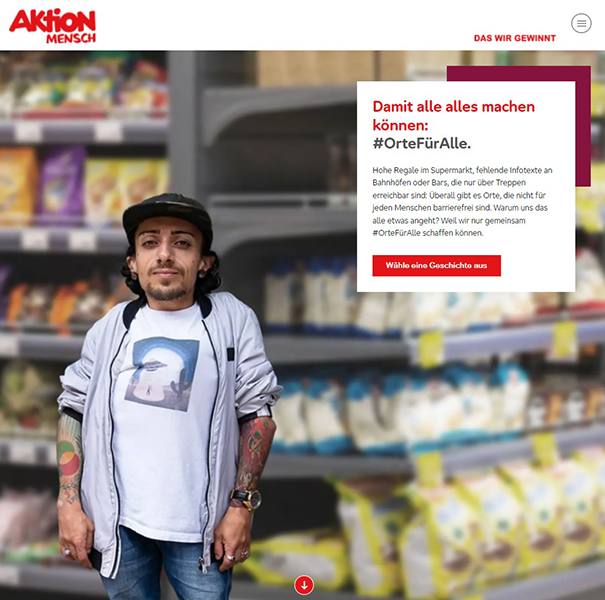
What is for you the most beautiful idea that the campaign has generated?
Many people have told us that the campaign has helped them to understand that accessibility is not only about wheelchair users, but also affects many other people, such as visually impaired or deaf, or people with learning difficulties. If our environment were completely accessible to people with walking disabilities, for example, then parents with prams would have fewer problems. Or if there were always subtitles in series and films for deaf people, even people in old age with hearing difficulties would be able to understand everything. The challenge is not the disability itself, but the environment that is not barrier-free. And we have to change and shape that together. So that all people can really participate on an equal footing. Incidentally, civil society alone is not responsible for this. The lack of accessibility is mainly due to the fact that the structures in politics and the private sector are still full of barriers. That is why we at Aktion Mensch are not finished yet: the campaign is still running! The next major advertising focus will start this year with the aim of making even more people aware of the benefits for all of us of living together rather than side by side.
Link to the campaign landing page: www.aktion-mensch.de/ortefueralle

